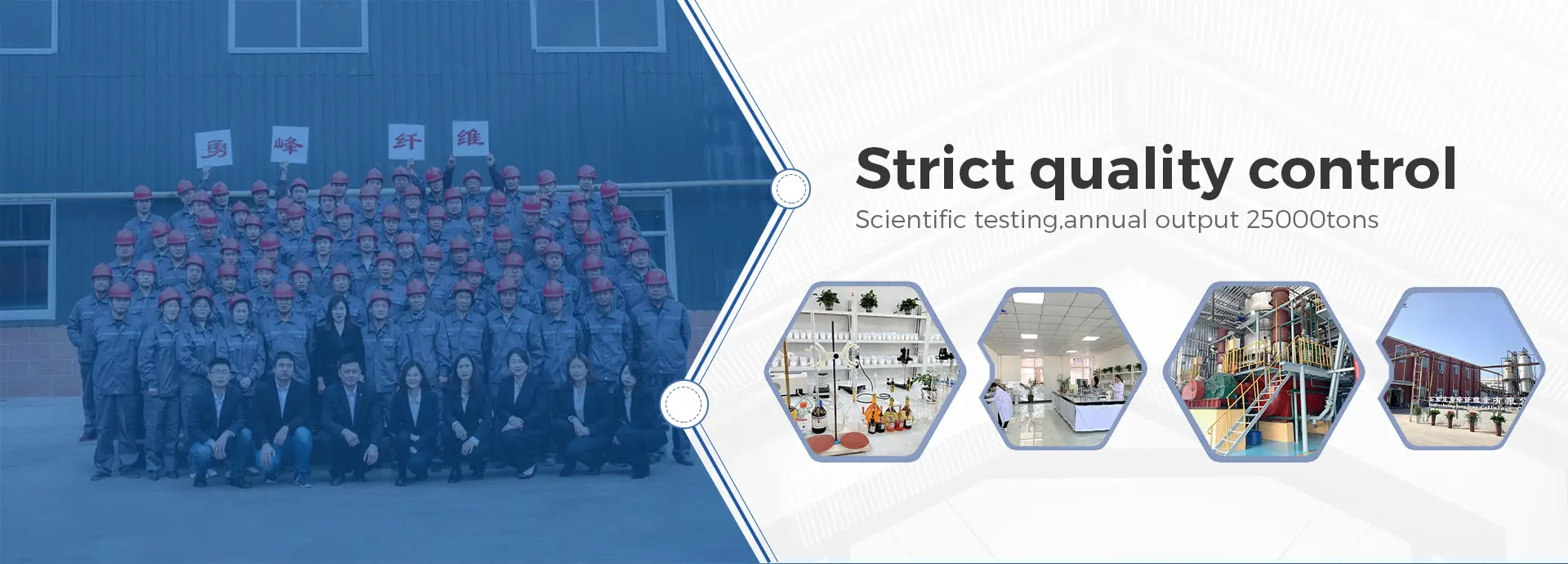Understanding HPMC and Its Applications in Various Industries
Hydroxypropyl Methylcellulose (HPMC) is a semi-synthetic polymer derived from cellulose, widely used in various industries due to its unique properties. One of the primary reasons HPMC resembles tylose, another cellulose derivative, is that both are utilized as thickening agents, emulsifiers, and film-forming agents. Their versatility has made them indispensable in sectors such as construction, pharmaceuticals, food, and personal care products.
Properties of HPMC
HPMC is known for its water solubility and film-forming abilities. It appears as a white, odorless powder that can form a gel when mixed with water. This property allows it to create stable emulsions, enhancing the texture and stability of products. HPMC's chemical structure includes hydroxypropyl and methyl groups, which contribute to its thickening capability and its ability to retain water, making it an excellent additive for controlling viscosity and improving consistency.
Applications in Construction
In the construction industry, HPMC is employed as a vital component in cement-based materials. It is commonly used in tile adhesives, grouts, and plaster due to its ability to improve workability and extend the open time of these products. By incorporating HPMC, manufacturers can produce adhesives that retain moisture longer, allowing for better adhesion and reduced risk of cracking, thus enhancing the performance and longevity of construction materials.
Role in Pharmaceuticals
HPMC plays a significant role in the pharmaceutical industry as well. It is widely used as a binder in tablet formulations, helping to hold the ingredients together and improve drug release profiles. Additionally, HPMC is used as a coating agent for pills and tablets, providing a protective layer that can control the release of medication in the body. Its non-toxic nature and ability to enhance drug solubility make it an ideal choice for pharmaceutical formulations.
hpmc like tylose

Use in Food Products
In the food industry, HPMC is recognized for its thickening and stabilizing properties. It is often used in sauces, dressings, dairy products, and gluten-free baked goods, where it helps improve texture and mouthfeel. As a dietary fiber, HPMC can also provide health benefits by promoting digestive health. Its ability to maintain moisture and extend shelf life makes it a valuable ingredient in many food products.
Applications in Personal Care
HPMC's versatility extends to personal care products as well. It is frequently used in cosmetics and skincare items, where it acts as a thickener and stabilizer in creams, lotions, and gels. Furthermore, HPMC contributes to the smooth application and overall aesthetic quality of personal care formulations. Its film-forming characteristics enable it to provide a protective layer on the skin, enhancing moisture retention and improving the product's effectiveness.
Conclusion
The similarities between HPMC and tylose highlight the essential role of modified cellulose derivatives in various industries. HPMC’s unique properties make it a vital ingredient in construction, pharmaceuticals, food, and personal care sectors. Its multifaceted applications showcase the importance of chemical innovation in developing materials that meet the evolving demands of consumers and industries alike.
As industries continue to seek sustainable and efficient solutions, HPMC stands out as a favorable option, not just for its effectiveness but also for its environmentally friendly nature as a plant-derived product. Understanding and harnessing the capabilities of HPMC will undoubtedly pave the way for new developments and applications in the future.
-
Premium Detergent Grade HPMC Hydroxypropyl Methylcellulose: Superior Thickening & StabilityNewsAug.31,2025
-
HEC 100000 Hydroxyethylcellulose for Paint | Superior ThickeningNewsAug.30,2025
-
Wall Putty Rdp Powder Packaging DesignNewsAug.29,2025
-
Introduction to Hpmc Hydroxypropyl Methyl CellulosNewsAug.29,2025
-
Hpmc Industri Grade IntegrationNewsAug.29,2025
-
How to Choose the Right Construction AdhesiveNewsAug.29,2025




